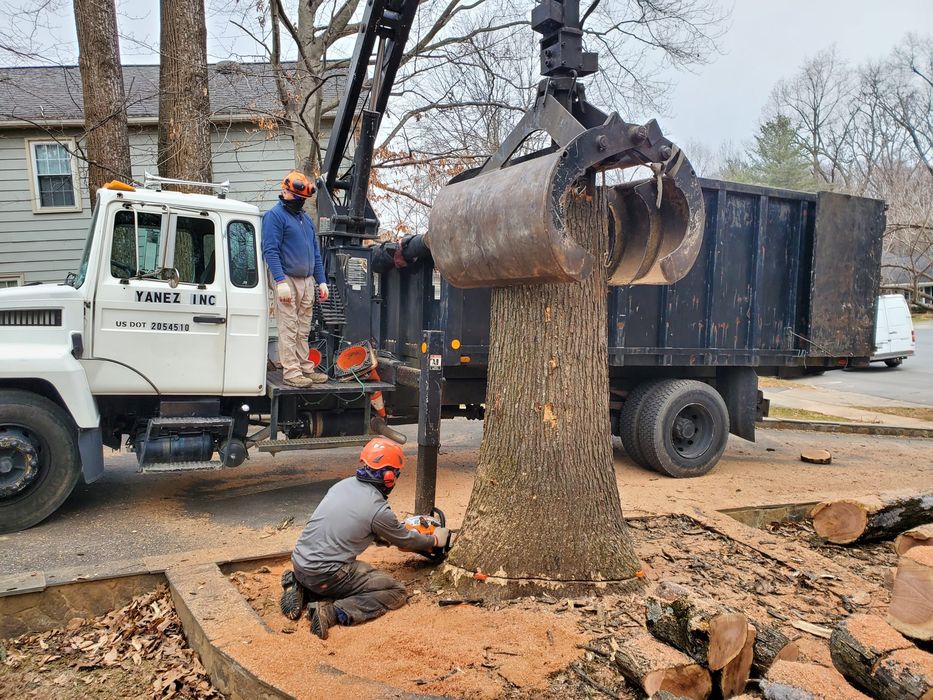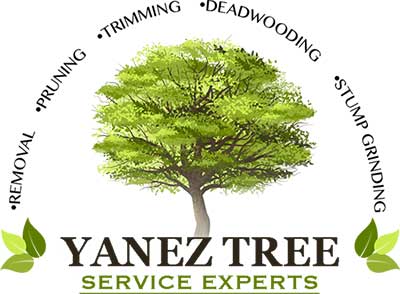
Trees are essential for the environment, but there are situations where tree removal becomes a necessity. Understanding the tree removal prices is crucial, whether due to safety concerns, disease, or landscaping changes. In this comprehensive guide, we’ll break down the factors that influence tree removal cost, the step-by-step process involved, different removal methods, hidden costs, and strategies to save on expenses.
1. Understanding the Factors that Impact Tree Removal Cost
Environmental Considerations
Tree Size and Species
Accessibility and Location Challenges
Difficult access to the tree or its location in a confined space can pose challenges. Tree removal in tight spaces or challenging terrain may require additional time and effort, influencing the cost.
2. Decoding the Tree Removal Process
Assessment and Consultation
Professional arborists typically begin with a thorough assessment and consultation to evaluate the tree’s health, structure, and potential risks. This initial step helps in determining the scope of work and the corresponding costs.
Equipment and Tools Use
The choice of equipment, from chainsaws to cranes, affects the efficiency and safety of the removal process. Understanding the tools used can provide insights into the overall pricing.
Safety Measures in Tree Removal
Ensuring the safety of both workers and surrounding structures is paramount. Costs associated with safety measures, such as protective gear and safety protocols, contribute to the overall pricing.
3. Comparing Tree Removal Methods: Pros and Cons
Tree removal is a task that often involves choosing the most suitable method based on various factors such as the tree’s size, location, and surrounding environment. Here, we’ll explore three common tree removal methods, highlighting their pros and cons to help you make an informed decision.
Traditional Tree Removal:
Pros:
- Cost-Effective: Traditional tree removal methods are often more cost-effective for trees in open spaces without obstacles.
- Minimal Equipment Needed: Requires basic tools like chainsaws and ropes, making it accessible for smaller-scale tree removals.
Cons:
- Limited Applicability: Not ideal for trees in confined spaces or areas with structures nearby.
- Risk of Property Damage: The falling tree can pose a risk of damage to nearby structures if not carefully executed.
Tree Climbing and Dismantling:
Pros:
- Precision: Arborists can carefully dismantle the tree in sections, minimizing the risk of property damage.
- Suitable for Confined Spaces: Ideal for trees close to buildings or in tight quarters where traditional felling is impractical.
Cons:
- Skill-Dependent: Requires skilled climbers and advanced rigging techniques, potentially increasing labor costs.
- Time-Consuming: The process may take longer compared to other methods, impacting overall project duration.
Crane-Assisted Tree Removal:
Pros:
- Efficiency: Using a crane speeds up removal, especially for large or challenging trees.
- Enhanced Safety: Reduces the need for climbers, minimizing the risk to workers and nearby structures.
Cons:
- Higher Costs: Crane services come with additional costs, making this method more expensive than traditional or climbing methods.
- Space Requirements: Requires sufficient space for the crane setup, which may only be feasible in some locations.
When deciding on the appropriate tree removal method, it’s crucial to assess the unique characteristics of the tree and its surroundings. Consulting with professionals like Yanez Tree Service Experts can provide valuable insights into your situation’s most effective and safe method. By weighing the pros and cons of each method, you can choose an approach that aligns with your budget, timeframe, and the overall goals of your tree removal project.
4. Hidden Costs in Tree Removal: What to Look Out For
Stump Grinding and Removal
Removing the stump is an additional cost that some homeowners may overlook. Understanding the tree stump grinding removal cost ensures a better outcome when choosing the ideal service.
Debris Cleanup and Hauling
After the tree is removed, there’s the task of cleaning up debris and hauling it away. Depending on the amount of debris, this can contribute to the overall cost.
Permits and Regulatory Fees
Check local regulations and permits required for tree removal. Obtaining the necessary permissions may involve fees that should be factored into the budget.
5. Smart Strategies to Save on Tree Removal Cost
Seasonal Considerations
Timing can affect pricing. Off-peak seasons or periods of lower demand may lead to more competitive pricing from tree removal services.
DIY vs. Professional Services
While some may consider a DIY approach, professional services ensure safety and expertise. Evaluate the risks and benefits before deciding on the removal method.
Negotiating with Tree Removal Companies
Don’t hesitate to negotiate with tree removal companies. Getting multiple quotes and discussing the scope of work can help in securing a reasonable and cost-effective deal.
Understanding the nuances of tree removal costs empowers homeowners to make informed decisions. By considering these factors and exploring the various aspects of the tree removal cost process, you can elaborate on the average cost of tree removal and ensure a smooth and cost-effective experience with Yanez Tree Service Experts.
Contact Yanez Tree Service Experts
Facing a tree removal dilemma? Yanez Tree Service Experts are here to help! Our expert team ensures safe and efficient tree removal in Rockville and nearby areas. Call us now at (301) 503-9806 for a free estimate. The best tree removal company is just a phone call away!


No Comments